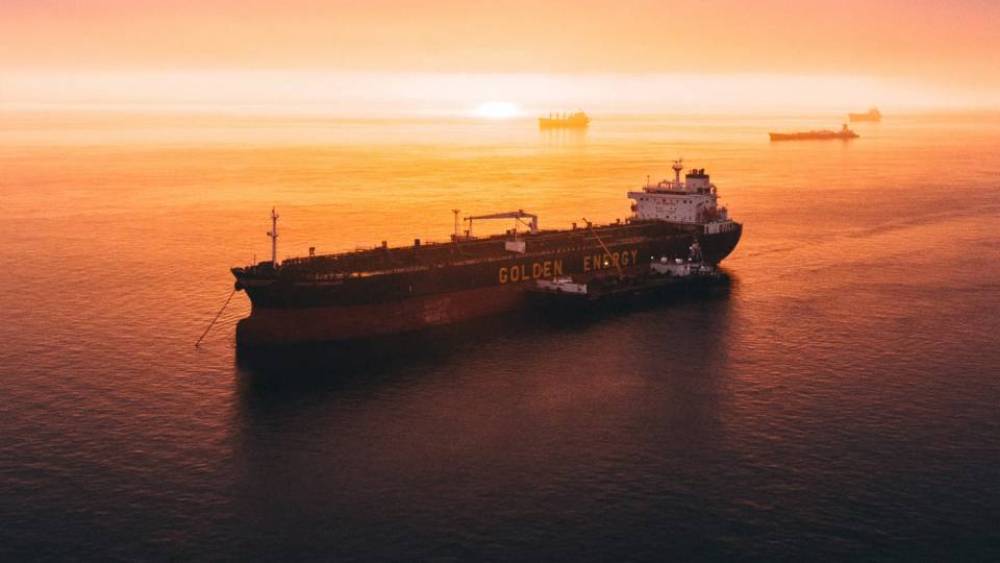The halving of the backlog of container ships in Southern California belies a surge of vessel arrivals that will hit marine terminals in less than two weeks, illustrating the see-saw recovery of the largest US import gateway after 20 months of elevated Asian imports.
While the backlog of container ships had fallen to 50 as of Wednesday — down from the Jan. 9 peak of 109 — marine terminals and analysts warn that the coming surge will flood terminals that are already maxed out because warehouses in the region are full, causing the ship queue to build again.
“Ships [leaving Asia] are fully loaded. They will be arriving soon,” a trans-Pacific shipping executive who did not want to be identified told JOC.com Thursday. “Congestion will increase again, though hopefully not as bad as before.”
The container ship backlog, as measured by the Marine Exchange of Southern California, has been hovering between 50 and 60 since late February, but that will change soon.
According to the Port of Long Beach digital platform known as the WAVE, laden import volumes are projected to increase 33.8 percent to 109,507 TEU in the week beginning March 20, compared with this week. The Port of Los Angeles Signal platform projects that laden imports there will increase 63.4 percent to 159,819 TEU over the same period.
Modeling performed by Sea-Intelligence Maritime Analysis shows the queue of vessels outside Los Angeles–Long Beach or en route from Asia was running slightly higher than expected in early March. Given the approximate transit time of 2.5 weeks from Asia to Southern California, vessel queues outside the ports and heading toward Los Angeles-Long Beach will likely rebuild to the level of 100 to 105 that occurred in December and January, Sea-Intelligence indicated.
Inland supply chain bottlenecks crippling ports
Murphy has also said in recent months that congestion at US ports, especially at Los Angeles-Long Beach, will not permanently be relieved until the bottlenecks within inland supply chains are mitigated.
“No, things are not getting better. Every metric is bad,” Murphy told the TPM22 conference in Long Beach last week. He said his “gut feeling” is that conditions will not improve significantly until after peak season 2022.
According to Ed DeNike, president of Long Beach terminal operator SSA Containers, the main source of congestion in Southern California continues to be warehouses that cannot process even the reduced import volumes of the past several weeks. As a result, despite adequate longshore labor availability, marine terminals in the port complex remain congested with import containers that cannot be delivered to the warehouses.
“It’s the same story. It’s at the warehouses,” DeNike told JOC.com Thursday. SSA Marine operates three container terminals in Long Beach.
Noel Hacegaba, deputy executive director and COO at the Port of Long Beach, said the ports are working with shipping lines, railroads, and retailers to maximize utilization of the on-dock rail yards that all 12 terminals in the port complex have access to. Intermodal rail volume, which had accounted for 30 percent of Long Beach’s total container volume two years ago, now accounts for only 21 percent.
Getting intermodal volume back up to 30 percent would reduce cargo volumes handled at local warehouses and transloading facilities, relieving truck pressure at the terminal gates, Hacegaba said.
Contact Bill Mongelluzzo at bill.mongelluzzo@ihsmarkit.com and follow him on Twitter: @billmongelluzzo.
